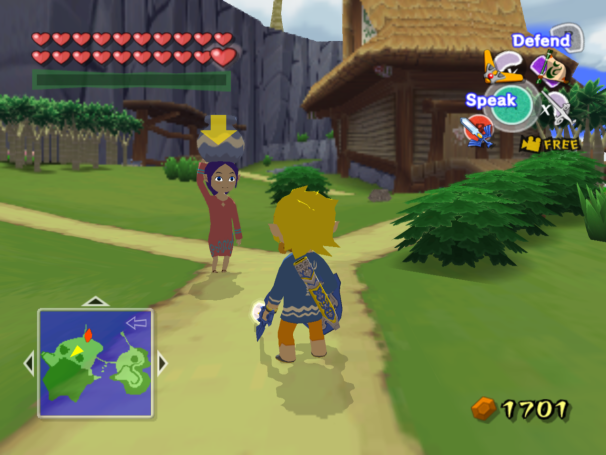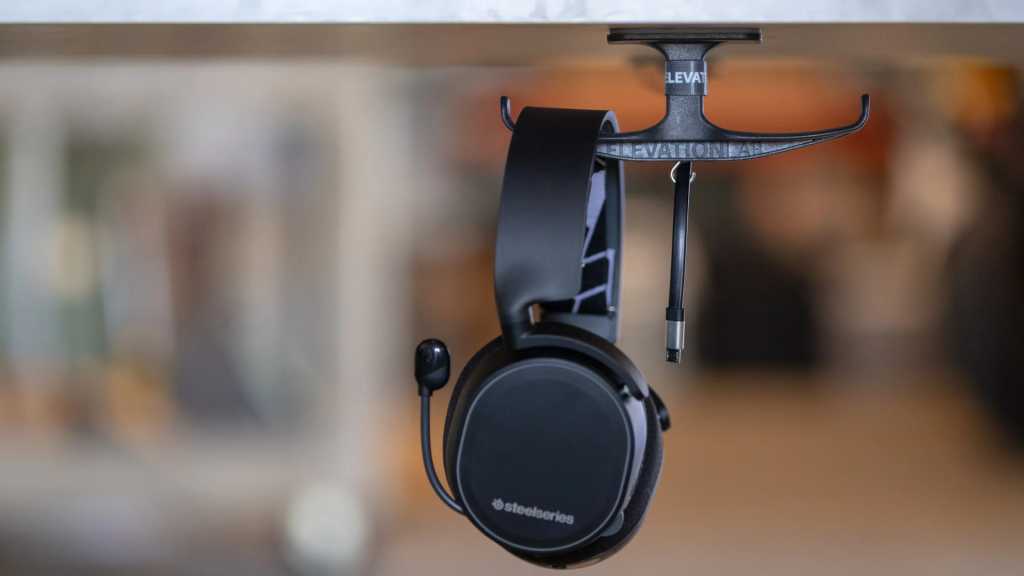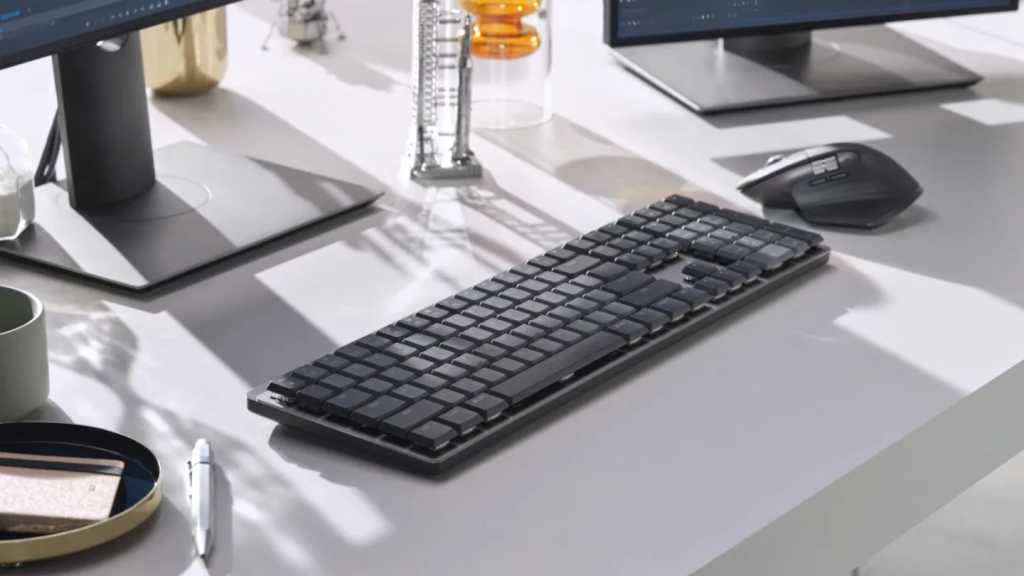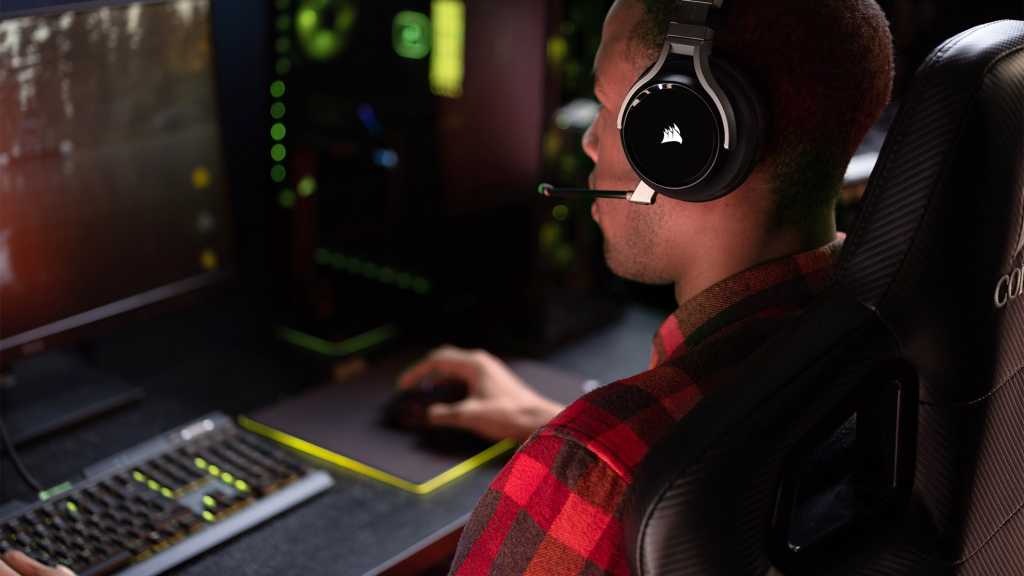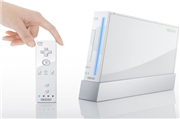
Dolphin is the only option for Gamecube and Wii emulation, but it’s a good one. The emulator (whose name refers to the development prototype of the GameCube) is a real feat, made all the more impressive by its clean, usable GUI and the fact that most Wii games run better than some PS2 titles released half a decade earlier.
What’s more, all of the Wii’s unique features are implemented on the PC-based emulator as well as if not better than on the console itself: You can use a real Wiimote after following a two-click setup process, assuming that your computer contains a $10 Bluetooth receiver; and in their absence, a mouse pointer works impressively well (particularly in targeting-cursor games such as Sin and Punishment). I’ve successfully mapped my keyboard and mouse to simultaneously contain every button from a GameCube or Wii controller (plus Nunchuk) in a way that isn’t particularly hard to remember and doesn’t automatically induce carpal tunnel syndrome in everyone I show it off to–though your mileage may vary.
Like Project64, Dolphin comes with its own installer, and (in the Nintendo spirit, I suppose) it makes things easy for you by displaying on its main menu a list of all of the ROMs it can find–it’ll ask where to look during the installation process. The ‘GCPad’ and ‘Wiimote’ options at the top-right corner of the GUI will help you know what buttons you’re pushing, and from there you can double-click any game to begin.
As with PS2 emulation, performance can vary considerably from game to game, but any CPU that scores higher than 2500 on PassMark’s Benchmarks (that is, a high-end Core 2 Duo or i3 series; anything above an i5 should be more than fine) and is equipped with a Radeon 2600/GeForce 8600 or better should get you to more-or-less full speed. Like other modern emulators, nightly builds of Dolphin are readily available, and they are generally stable enough to merit playing with, though the last major release (3.0) is still new enough at this writing to justify you in not feeling obligated to text new versions for a difference of one or two frames per second.
Also, the Dolphin package includes the most up-to-date plug-ins available, and it shouldn’t require much additional optimization. Your GPU is probably underworked, and you should be able to turn up antialiasing and anisotropic filtering as high as you like without seeing any significant decrease in performance. It’s impossible to refrain from mentioning here that this state of affairs also means that Dolphin will happily run at the highest resolution that your monitor can support, making the Wii’s inability to output even 720p high definition seem downright embarrassing by comparison.
Dolphin’s DirectX9 renderer (configurable on the Graphics menu) is roughly twice as fast as DX11, except in very rare circumstances. The same goes for Dolphin’s two recompilers (a sexy-sounding name for a software engine that translates Wii code into PC-intelligible strings, on the fly). The JIT (Just-in-Time) recompiler is selected by default; its “experimental” brother, the JITiL, is generally less efficient, but some games (such as Soul Calibur II on the GameCube) won’t boot without it (you can adjust the configuration on the aptly named Config menu). You can consult a surprisingly complete wiki for compatibility settings for any given game. Note that Dolphin cannot read from original discs, thanks to Nintendo’s (apparently very effective) copy-protection mechanisms, so it’s ISOs or bust.
